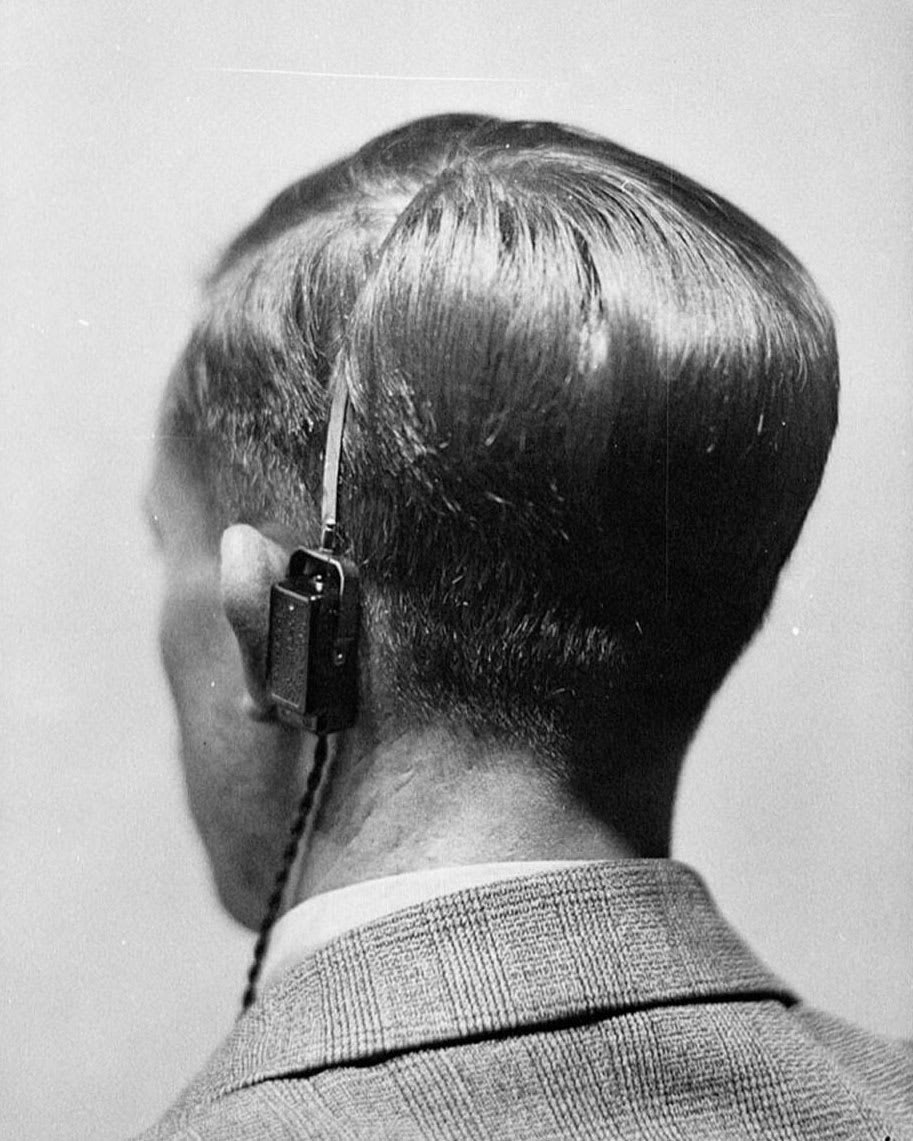Cosmetic fillers are popular but come with risks. Here's what to know from a dermatologist.
More than 5 million people received filler injections last year, most often on their face or in their hands, an 8% increase from the previous year.
Despite their popularity, these procedures can carry some risks, experts say, leading to some being unhappy with their results and even having them removed. Some famous faces, including model Blac Chyna, have come forward to share their experience getting filler dissolved.
So, what should consumers know?
On "CBS Mornings Plus" Monday, Dr. Jeanine Downie, a board-certified dermatologist who consults for two of the major manufacturers of cosmetic fillers, shared the potential benefits and drawbacks.
"Pros is, it makes you look younger. Cons are, if you go to the wrong person, you can look really bad. Sometimes they're bacterial infections (and) other significant side effects," she said.
Ideally, fillers have a lifting effect and go largely unnoticed when done well, Downie said.
"Putting it a little bit in your cheek can be really great. A lot of people do lip enhancement, but well-done filler is not known to the general public," she said. "Somebody walking past you on the street should not know that you have a ton of filler in your face. That's not natural, and that doesn't look good."
A filler is something that's injected with a needle. There are different types of fillers, but hyaluronic acid is most often used, Downie said.
"Most people are not allergic to it," she said, because it's a natural body sugar that is made synthetically for filler use. "There's other fillers available, but the hyaluronic acids are the most popular, and those can look the most natural."
Still, swelling and bruising can occur even after a procedure by the most skilled professional.
"The needle is a needle. You can inject, and you can have broken blood vessels and bruising. But that's temporary. That goes away," Downie said.
Hyaluronic acid also leaves you with the option to take out the filler if desired.
"It can be reversed, but it does take at least four treatment sessions," Downie said, adding she recommends going to a board-certified dermatologist, plastic surgeon or physician assistants and nurse practitioners that have a lot of experience.
"A lot of estheticians, respectfully, I'm just stating the facts, have three to six months of schooling, and that's where we can see some issues," she said.
Downie said it's also important to understand a patient's expectations.
"When people come in and they show me a picture of a celebrity, that's a warning sign, because they're not going to look like that celebrity at all," she said. "If you come in and you show me a picture of your mom and how you're aging and that you want to slow that down, that's a person with realistic expectations."
Plus, there's only so much lifting a filler treatment can do, she added, meaning a more appropriate procedure may be recommended depending on the patient's goals.





